Observation of Dust Particle Collisions and Growth under Microgravity Conditions
- 1TU Braunschweig, Institut für Geophysik und extraterrestrische Physik, Workgroup Blum, Braunschweig, Germany (b.schubert@tu-bs.de)
- 2Université Libre de Bruxelles, Microgravity Research Center, Brussels, Belgium
Protoplanetary disks (PPDs), the cradles of planetary systems around young stars, are composed of dust and ice particles immersed in a rarefied gas. These grains possess initial sizes of less than and up to about 1 µm and collide due to Brownian motion, drift motions relative to the gas, and gas turbulence. Provided that the collision velocity remains below a threshold value, grains stick upon first contact and form fractal agglomerates with typical fractal dimensions just below 2. This is the case for collisions caused by Brownian motion, which occur at thermal velocity.
The ICAPS experiment (Interactions in Cosmic and Atmospheric Particle Systems) studies these collisions and growth processes under micogravity conditions. To avoid gravity-induced sedimentation and compaction of the agglomerates, the experiment flew on board of the TEXUS-56 and TEXUS-58 sounding rockets. Monomeric, spherical SiO2 dust (1.5 µm in diameter) was injected into a vacuum chamber at ~107 times the number density in PPDs, reducing processes that take ~100 years in nature to a few minutes. A specially designed thermal trap was used to stabilize the dust cloud and center it in the fields of view of two perpendicular overview cameras. Further in-situ observations were made with a high-speed camera attached to a long-distance microscope (LDM, see Fig. 1 for example agglomerates). An electrical field was repeatedly applied to measure particle charges that diminish drastically within the first ~20 seconds of experiment time due to neutralizing collisions (see Fig. 2).
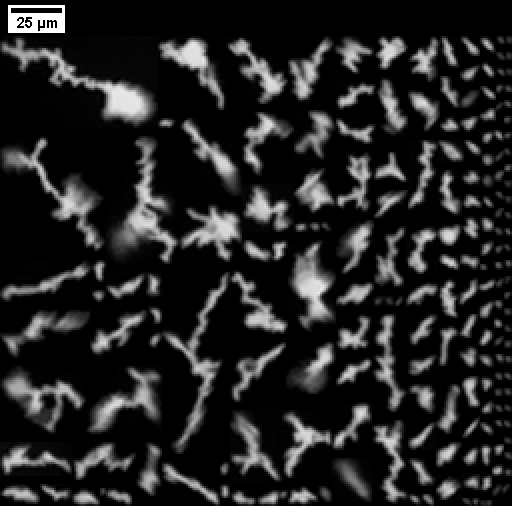
Fig. 1: Collage of 190 agglomerates cropped from LDM images (flat-field corrected and inverted).
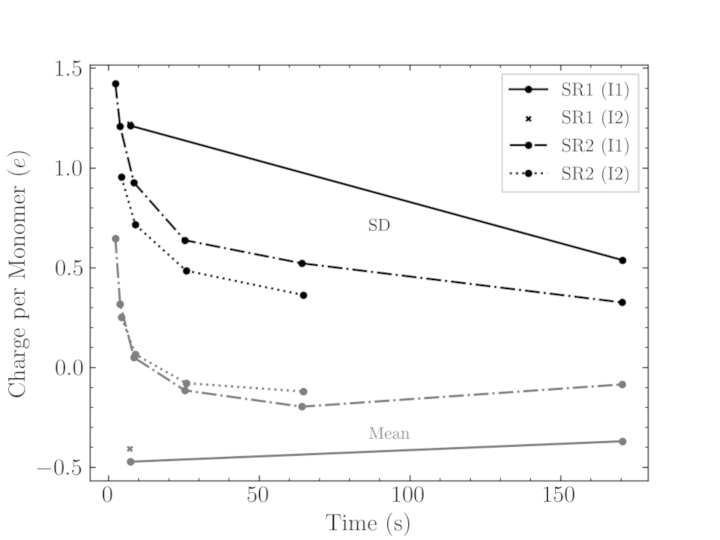
Fig. 2: Temporal evolution of particle charging of the four experimental runs. The mean charge per monomer is shown in gray and the standard deviation is shown in black. Only the more frequent measurements from the second flight of ICAPS (denoted as SR2) reveal the speed at which the charge is neutralized.
With the high spatial and temporal resolution of the LDM and high-speed camera, it was possible to analyze the Brownian motion and rotation of a great number of particles, yielding their masses, moments of inertia, as well as translational and rotational friction times. From these data, an ensemble fractal dimension of 1.4 could be derived (see Schubert et al. 2023). Careful cross-calibration of the cameras also allowed for mass-frequency distributions of the whole dust cloud to be obtained from the overview cameras, taking into account the cloud morphology. In one out of the four experimental runs, the cloud volume shrank slowly but significantly due to a subtle, thermal anomaly (see Fig. 3), which, combined with a conserved total mass, lead to the runaway growth (or gelation) of a few oligarch agglomerates. These agglomerates clearly detach from the otherwise self-similar mass-frequency distributions (see Schubert et al. 2024 and Fig. 4).
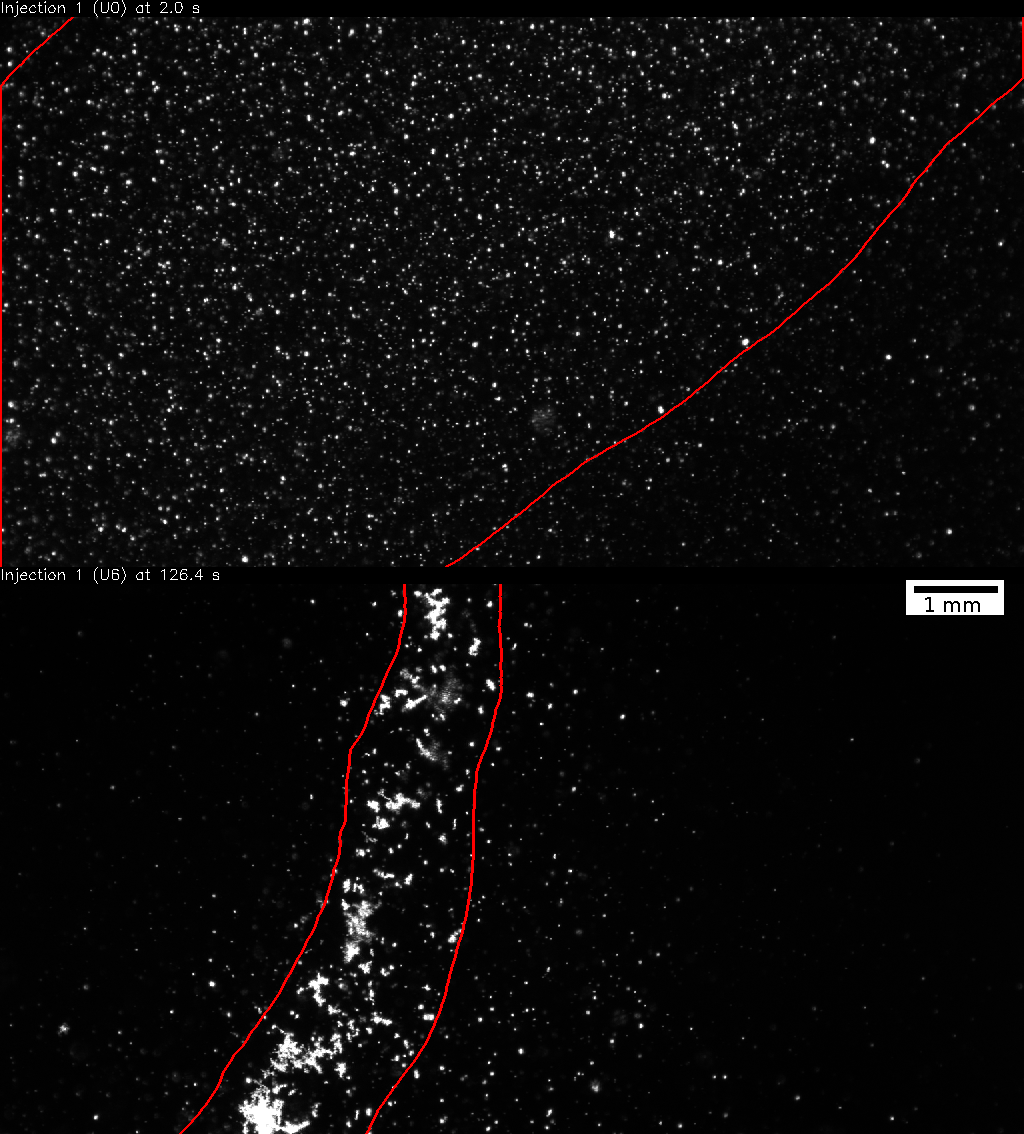
Fig. 3: Shrinking cloud volume across 124 seconds due to a subtle, thermal anomaly in one of the experimental runs (from Schubert et al. 2024).
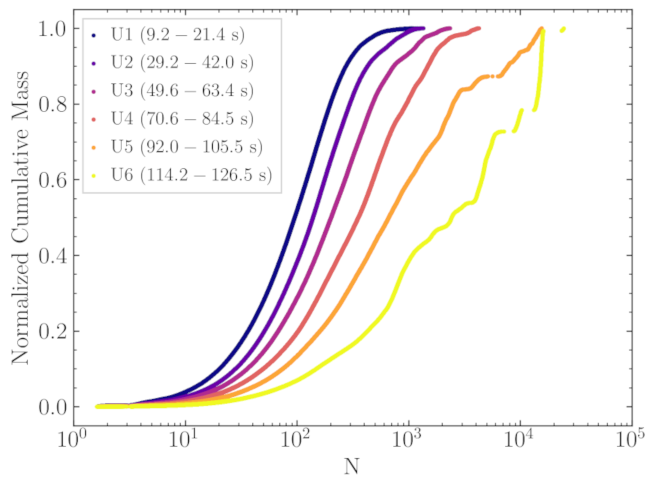
Fig. 4: Mass-frequency distributions of six consecutive experimental sequences (with subtle thermal anomaly), where N is the number of constituent monomers (from Schubert et al. 2024).
We modeled the ensemble growth of each of the four experimental runs using a mean-field approximation as well as a Monte-Carlo simulation. The former is based on a version of Smoluchowski's coagulation equation that reads
Here, n, K0, N, and κ are the number density, a pre-factor, the mean number of monomers, and an exponent, respectively. The exponent is κ ≈ -0.3 for diffusive agglomeration of fractal aggregates in the free molecular flow limit, whereas it becomes κ ≈ 0.5 in the ballistic regime. A formal fit of the solution of the above equation yields κ = 0.236 with the thermal anomaly and κ = 0.350 without, which suggest that the growth is relatively close to the pure ballistic Brownian limit (see Schubert et al. 2024 and Fig. 5).
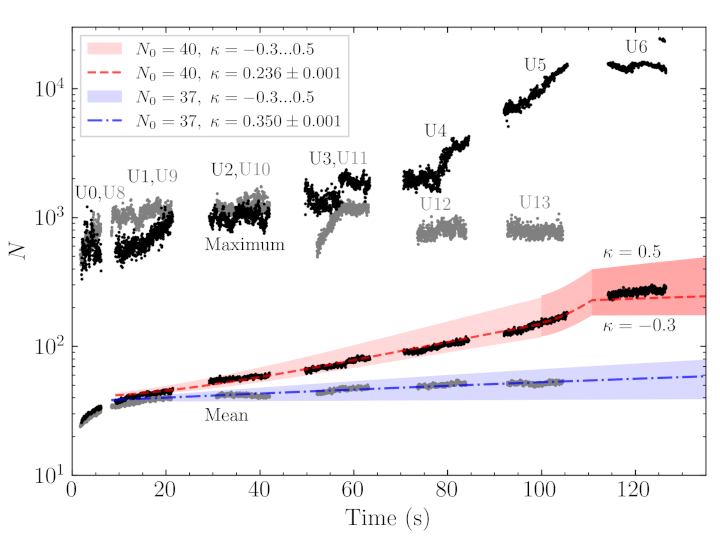
Fig. 5: Temporal evolution of the frame-wise mean and maximum mass, given as the number of constituent monomers, from the first flight of ICAPS (TEXUS-56), modelled with a mean-field approximation. Data from the first experimental run (thermal anomaly) are denoted in black and those from the second run are shown in gray (from Schubert et al. 2024).
[Schubert et al. 2023] Schubert, B., Molinski, N., Borstel, I., Glißmann, T., Balapanov, D., Vedernikov, A., & Blum, J. (2023). Brownian translation and rotation from the ballistic to the diffusive limit and derivation of the physical properties of dust agglomerates. Phys. Rev. E, 107, 034136. DOI: 10.1103/PhysRevE.107.034136
How to cite: Schubert, B., Blum, J., von Borstel, I., Schräpler, R., Molinski, N., Pöppelwerth, A., Isensee, M., Glißmann, T., Balapanov, D., and Vedernikov, A.: Observation of Dust Particle Collisions and Growth under Microgravity Conditions, Europlanet Science Congress 2024, Berlin, Germany, 8–13 Sep 2024, EPSC2024-678, https://doi.org/10.5194/epsc2024-678, 2024.